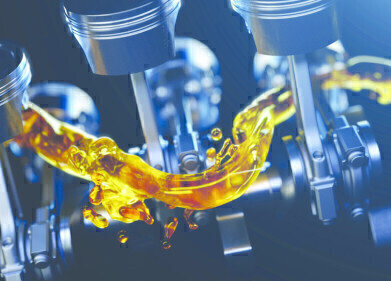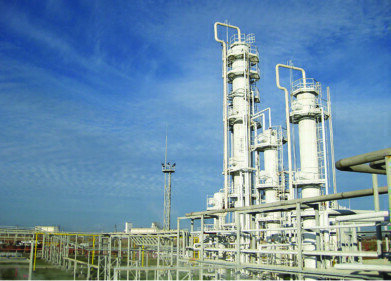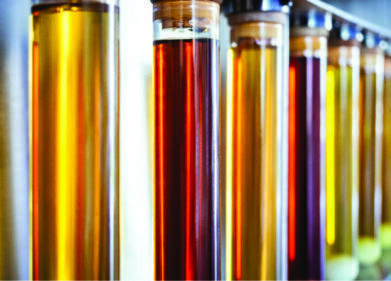Biodiesel
Standards and Biodiesel An Interview with Scott Fenwick of the National Biodiesel Board
Jan 01 2019
What is the significance of including biodiesel in more traditional fuels and fuels standards?
With today’s regulations, the National Biodiesel Board wants to bring forth credible technical evidence for biodiesel as a fuel component in today’s marketplace, and ASTM International provides that basis through standards.
That evidence was critical when we developed the first biodiesel specifications nearly 20 years ago. It was critical to have support from the OEMs [original equipment manufacturers] and vehicle and engine manufacturers for biodiesel to compete in the global fuels marketplace. Having ASTM standard test methods and specifications provides credibility throughout the world, that if you have a product that meets the ASTM specifications in accordance with test methods, that fuel will work in today’s engines.
Work to develop the fuel standards including biodiesel was tough but rewarding. The passage of the ASTM fuel specifications to use biodiesel as a blendstock, for blending with diesel fuel in the transportation market, was critical for biodiesel becoming a recognized fuel component by both state and federal regulators as well as vehicle and engine manufacturers.
And we’ve worked for the past 20 years to revise the standards whenever needed. We have had over two dozen revisions to those specifications over those years. That’s a necessary part of the process.
It’s not like you can walk into an ASTM committee, particularly D02, get a specification passed, and then walk away. A standard requires upkeep, continually asking hard questions and then developing the data to prove your point again and again and again. The hard questions can be: Is it the best test method? Is it an appropriate test method? Is it a necessary test method?
There have been some fairly significant changes to diesel and biodiesel requirements over the past 20 years that have left some producers unable to meet tighter, stricter requirements and unable to remain in business.
Today, engine tolerances and the severe hydro-treating that goes into diesel fuel today means that the engine lubrication may not last too long. Biodiesel can help with that shortcoming. So in addition to other additives, including 1 to 2 percent biodiesel in a diesel blend can provide lubricity that the engine needs, a cleaner burning component with better combustion properties to help other regulatory needs as well.
To read the full Interview, please visit www.astm.org/standardization-news/?q=first-person/standards-and-biodiesel-nd18.html
Digital Edition
PIN 25.2 Apr/May
May 2024
Safety - Carbon monoxide toxic and flammable gas detection Analytical Instrumentation - Density: A fundamental parameter at critical stages within the petroleum sector - Advancements and...
View all digital editions
Events
May 13 2024 New Orleans, LA, USA
May 14 2024 Tashkent, Uzbekistan
May 14 2024 Oklahoma City, OK, USA
May 15 2024 Lund, Sweden
May 15 2024 Copenhagen, Denmark



















